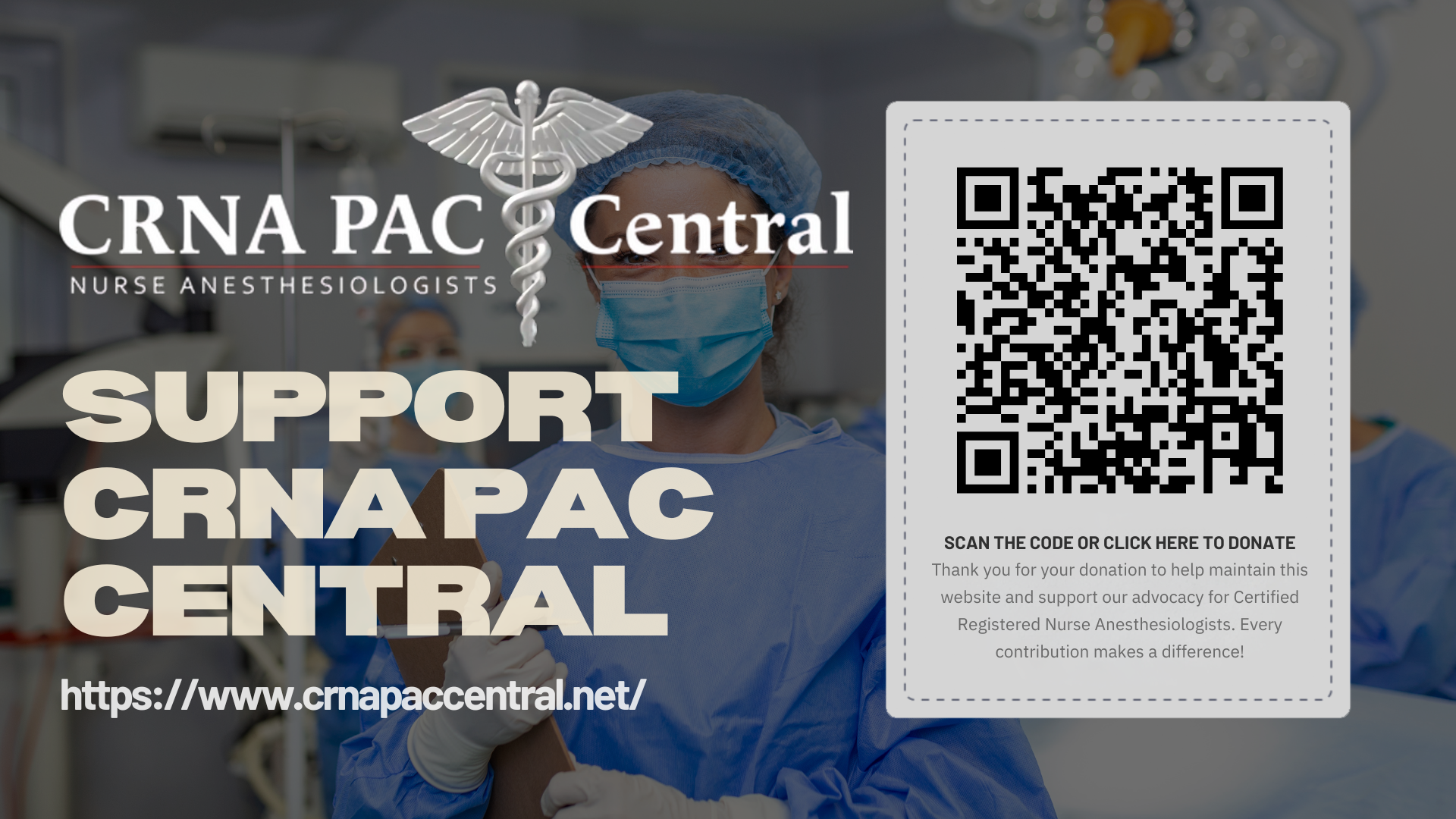Does Standard of Care Require Supervision or Medical Direction?
The simple answer is NO! Standard of Care (SOC) for anesthesiology is determined by several factors. Primarily though, "standard of care" is typically defined as the level and type of care that a reasonably competent and skilled health care professional, with a similar background and in the same medical community, would have provided under the same circumstances that led to the alleged malpractice.
Typically, in a medical malpractice lawsuit, it is almost always a qualified medical expert witness that will be required to testify as to what the appropriate medical standard of care was under the given circumstances, and exactly how the actions of said medical professional's deviation from the standard played a role in the plaintiff's injuries. In other words, the level at which the average, prudent provider in a given community would practice or a similarly qualified practitioner would have managed the patient's care under the same or similar circumstances. The medical malpractice plaintiff must establish the appropriate standard of care and demonstrate that the standard of care has been breached.
Most states require that a medical malpractice plaintiff retain an expert who has experience in the same (or at least similar) medical field or specialty as the defendant. In some states the plaintiff must even file an affidavit or sworn statement from that witness alongside the initial complaint, testifying that in the expert's opinion, the medical standard of care was violated.
In the practice of anesthesiology there are numerous practice models being utilized in every community:
- Nurse anesthesiologists only - independently or as a group
- Physician anesthesiologists only - working independently or as a group
- Nurse and physician anesthesiologists working in the same facility but as independent providers
- Multiple >4 nurse anesthesiologists working with a physician anesthesiologist - supervision model
- Nurse anesthesiologists working with physician anesthesiologists in a 1:4 ratio - medical direction model
Given the vast number of practice models being utilized in every community it would be impossible to designate a single practice model as the one that exemplifies meeting the ultimate medial standard of care as it relates to the practice of anesthesiology.

